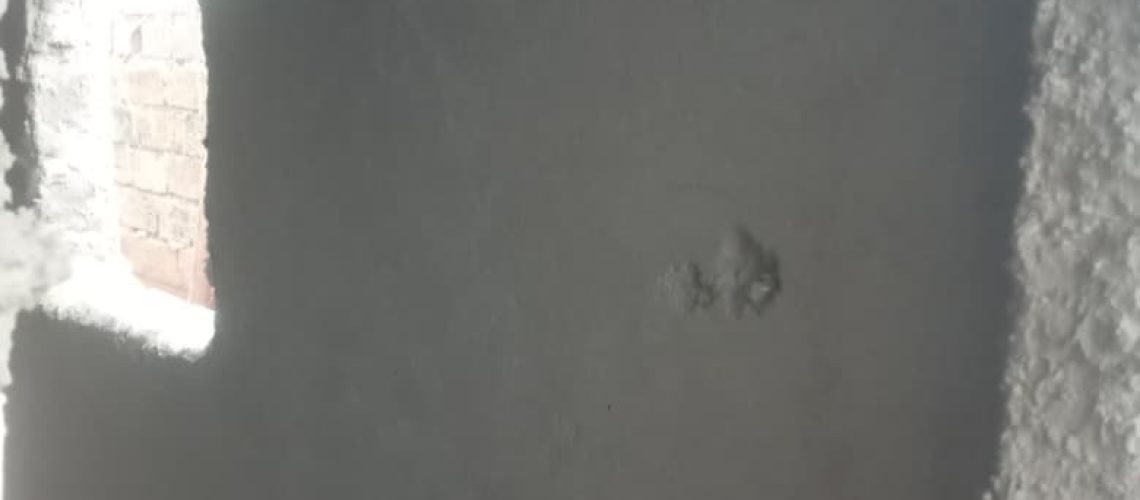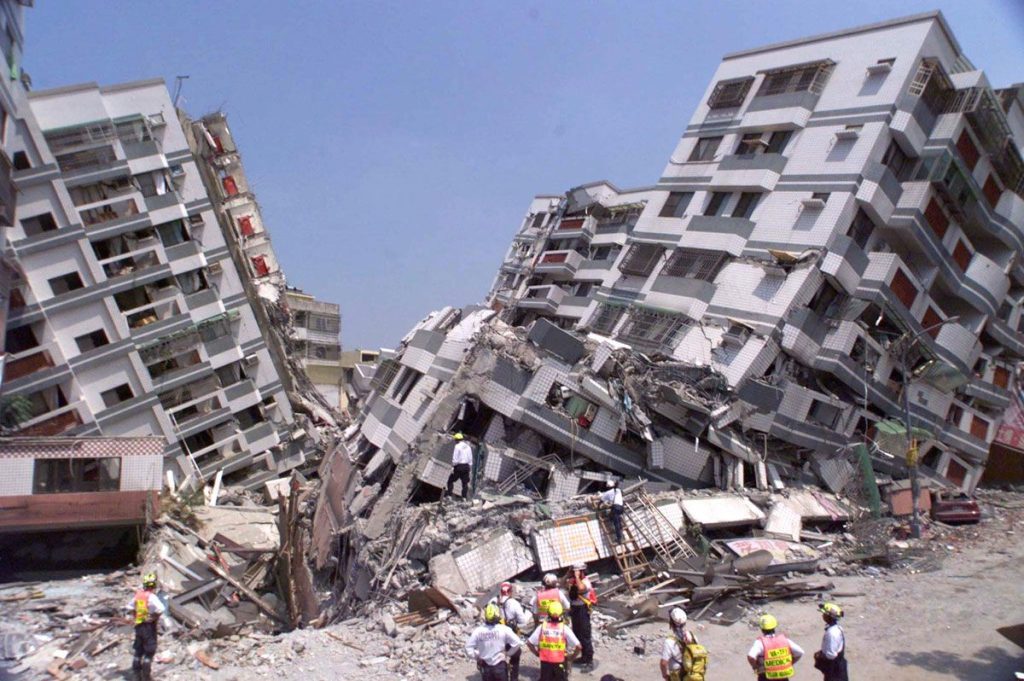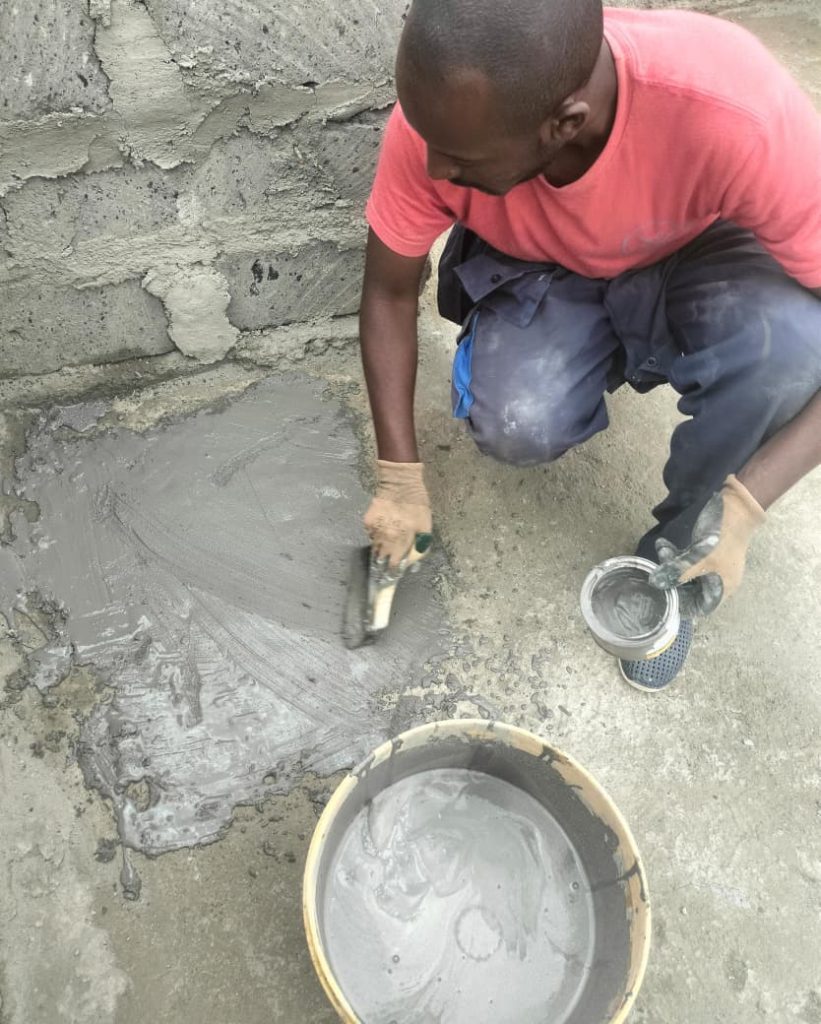In the world of wall finishes, two words often get thrown around like they mean the same thing; skimming and plastering. While they’re closely related, they’re not identical twins. Think of them more like cousins: from the same family, but serving different purposes.
Plastering
Plastering is the overall process of applying plaster to walls or ceilings. It can be done on:
- New walls (brick, block, or concrete)
- Old walls needing repair
- Ceilings with damage or cracks
Plastering usually involves multiple coats, starting with a thicker base coat to level out surfaces, followed by a finishing coat to smooth everything out. Thickness can range from 5 mm to 15 mm or more, depending on the surface condition.
Materials used:
- Undercoat plaster (bonding plaster, browning plaster)
- Finishing plaster
- Trowel, hawk, and float
Purpose:
Plastering isn’t for looks only. It protects walls, adds fire resistance, reduces moisture absorption, and provides a base for paint or wallpaper.
Skimming
Skimming is a finishing technique that’s part of plastering, but with a very specific role:
- It applies a very thin layer (1–3 mm) of finishing plaster over an existing surface.
- Its main job is to smooth and perfect walls, ready for painting or wallpapering.
- It’s often done over old plaster, drywall, or even newly plastered walls to achieve a mirror-smooth surface.
Materials used:
- Finishing plaster (multi-finish or board finish)
- Joint compound (for drywall)
Purpose:
Skimming is like icing a cake. It doesn’t build up the wall; it just makes it flawless.
When to Use Each
- Plastering: When building new walls, fixing severely uneven surfaces, or repairing damaged areas.
- Skimming: When walls are already in good condition but need that final smooth, elegant finish before decorating.




